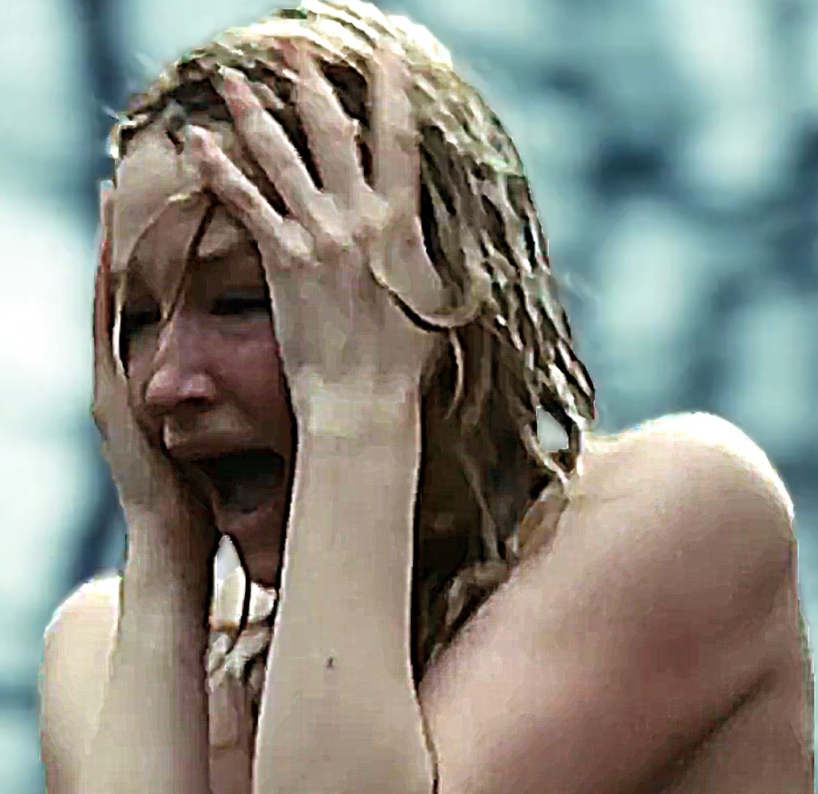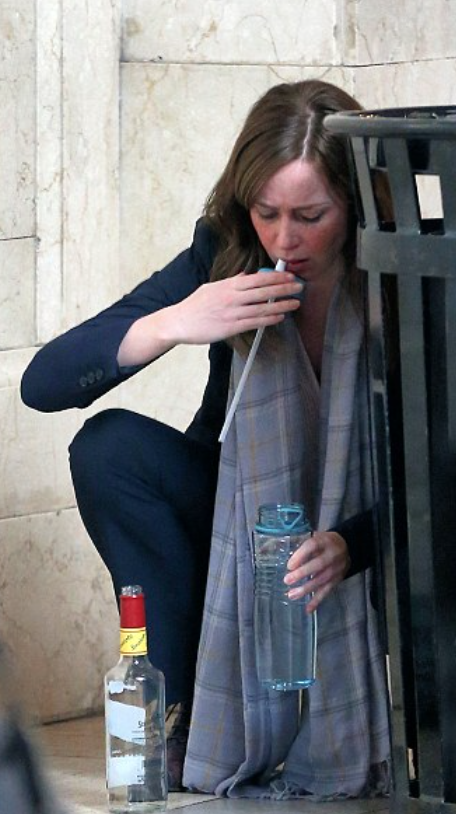 First things first: “The Girl on the Train” is a wonderfully faithful adaptation.
First things first: “The Girl on the Train” is a wonderfully faithful adaptation.
In a move that seems downright brilliant now, the film rights for Paula Hawkins’s dark mystery were bought months before its early 2015 publication, at which time it went on to sell more than eleven million copies, spend months on international best-seller lists, and capture us by the throat with an unnerving, elegantly wrought tension. Yet the early purchase of those rights was not eerily prescient, for the book is cinematic in the very best of ways: At core, it is about the power and pain of the female gaze.
In her translation of Hawkins’s story, gimlet-eyed screenwriter Erin Cressida Wilson (“Secretary,” “Chloe”) preserved its bones by deftly juggling the entwined narratives of three women living in the same suburban region. (The book is set in the outskirts of London; the film, New York.) Fired from a public relations job, alcoholic Rachel Watson (Emily Blunt, washed-out and sad-eyed as we’ve never seen her) still commutes to the city every day to hide her job loss from already-wary friend Cathy (Laura Prepon), who’s let her crash in a spare room since her divorce two years ago. Alas, that daily train ride passes Rachel’s former home, now occupied by her ex-husband, Tom (Justin Theroux, fiendishly handsome as ever), his former mistress and current wife, Anna (Rebecca Ferguson), and their baby girl. Over the months, the pain afforded by Rachel’s glimpses of their happy family life has almost been supplanted by her obsession with Tom’s hottie neighbors Megan (Haley Bennett) and Scott (Luke Evans), whose pretty house is equally visible from Emily’s train window. Tableaus of the married couple’s sex life (none of these people have ever heard of curtains) epitomize an “ideal love” to the lonely, longing woman.
 Of course, the moment we shift into Megan’s first-person perspective, we learn just how far her life is from ideal. Barbie Doll pretty with looks that oddly recall Anna’s, the blond twentysomething has been perilously adrift since her local gallery went out of business. We meet her when she is quitting her job as Anna’s nanny. The two women exchange words about whether there is more to life than caring for a child (Anna’s not convinced there is), and then off Megan goes, her tucked-in wild streak temporarily unleashed.
Of course, the moment we shift into Megan’s first-person perspective, we learn just how far her life is from ideal. Barbie Doll pretty with looks that oddly recall Anna’s, the blond twentysomething has been perilously adrift since her local gallery went out of business. We meet her when she is quitting her job as Anna’s nanny. The two women exchange words about whether there is more to life than caring for a child (Anna’s not convinced there is), and then off Megan goes, her tucked-in wild streak temporarily unleashed.
One morning from the train, Rachel sees Megan passionately kissing someone who is not Scott, and that sighting sets in motion the wheels of this mystery. Her not-so-latent anger unleashed by this betrayal, Rachel goes on a bender to end all benders, and wakes covered in blood, with no memory of what took place the night before and Megan’s disappearance blaring on the news. Further complicating matters is Rachel’s still-charged relationship with Tom, which is the only fly in the ointment of his marriage to increasingly ruffled Anna. When the authorities begin their investigation (Allison Janney is bemused and bemusing as a bored Westchester cop), we learn just how unreliable a narrator Rachel might be; she once briefly kidnapped her ex’s infant and Anna is convinced she’s capable of far worse.
What fascinates me most about this “Girl on the Train” – and what makes it a film that may resonate most with women (the most positive early reviews have been written by female rather than male critics) – is that it embraces unlikeable female protagonists who don’t even like themselves, and asks us to do the same. Rachel is a self-pitying, explosive drunk; Anna, an unrepentant Stepford mom; Megan, a viper whose self-esteem relies on male surrender.  Yet because we are shown the fissures in their self-reflections and the strength lurking beneath those surfaces, we root for them while accepting their limitations.
Yet because we are shown the fissures in their self-reflections and the strength lurking beneath those surfaces, we root for them while accepting their limitations.
Though the two films have been likened to each other, “The Girl on Train” captures the complexity of female longings with a specificity that evaded the otherwise-compelling “Gone Girl.” Fans of “The Help” will not be surprised; in that endeavor, “Girl on the Train” director Tate Taylor demonstrated a rich appreciation for the thin line between solidarity and sabotage in oppressed female dynamics. Here his restless lens and unflatteringly cool, gray light exposes the unhappy and very real way that patriarchy blinds women from seeing themselves and each other clearly. In this way, on both page and screen, “unlikeability” is actually the essence – even the selling point – of this uncanny story; it is no surprise that the often-seamless Emily Blunt delivers the best performance of her career as unstrung Rachel. Only when we push past niceness do we recognize the breadth of what women bring to the table.
This was originally published at Signature.
